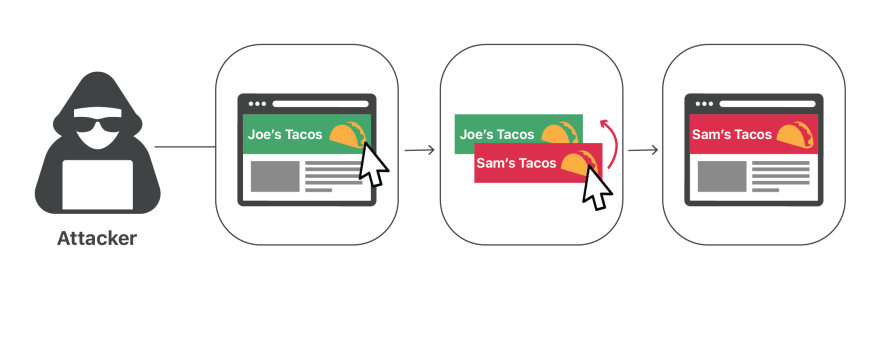
Many websites are funded by advertising revenue, and many companies invest significant amounts of money in advertising in the hope of increasing profitability.
It relies heavily on algorithmic exchanges to connect content with potential customers. Fraud schemes use these automated systems to impersonate real users and profit from broadcasting ads to non-existent customers. Bots are just one of the tactics used to trick ad networks and advertisers into paying them.
As a result, ads are shown to fake visitors, and marketers are forced to pay for them. In 2020, the global damage from ad fraud reached a whopping $35 billion, according to Statista.
Here are the main types of online ad scams:
Malicious bots are ad clicks and spam bots that imitate humans and carry out malicious attacks.
Domain spoofing is the spoofing of an email domain or website name to deceive users.
Location Fraud – Fake location data to deceive advertising providers about a user’s location.
Pixel Fill – Inserting a full ad into a single pixel space, asking for the full amount.
Ad stacking – stacking multiple ads at the same time and requesting payment for fake impressions.
To date, the only solution to this problem is advertising verification companies. They use residential proxy servers to visit the website from different locations to ensure that ads are not shown in unintended countries (or if fraudulent strategies are not used in a restricted region). Companies also use the data to analyze whether the display matches campaign settings such as site context, visibility, and ad placement.

 Get in Touch
Get in Touch 


